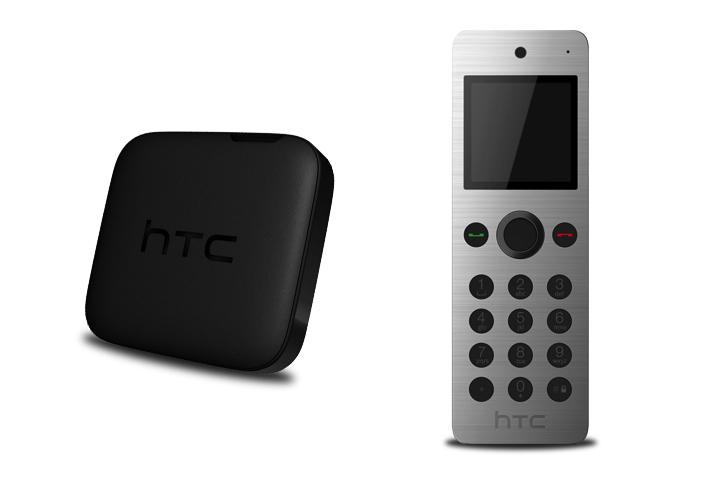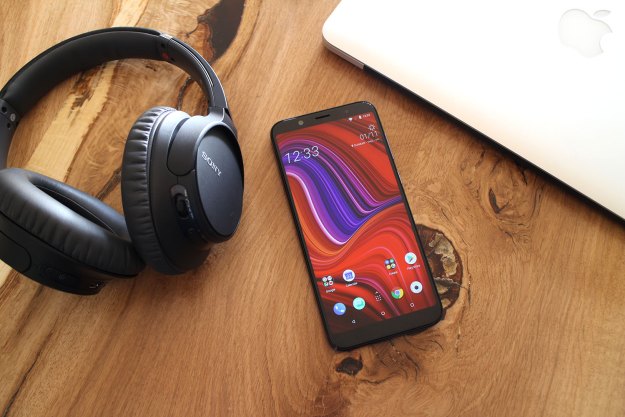
HTC has shown off a pair of new accessories for its smartphone range, the HTC Fetch and the HTC Mini+, and they’re, um, a bit weird. First up is the HTC Fetch, which looks like a fob to unlock your car, but is actually a sort of remote control for your phone. When you press the button, it automatically makes your phone ring, helping you find it if it has been misplaced.
Except it’ll only help you if it was misplaced somewhere nearby, as it has a 15 meter range. That’s fine for in the house, but not so good if it’s not. Perhaps HTC expects you to wander around the neighborhood looking for your lost phone, pressing the button like you were calling for a dog. It does do a few other, slightly more useful things, such as beep when it’s getting to far away from the phone, helping you avoid losing it in the first place, and it can activate the camera shutter.
If you think that’s of limited use, then don’t worry, as the HTC Mini+ is here, and it does lots more. Whether it’s needed is something else entirely. You may remember the HTC Mini from January, when it was launched in China alongside the HTC Butterfly, which we know better as the Droid DNA. The Mini+ is its sequel and it looks very similar, complete with a 1.5-inch monochrome display, plus Bluetooth and NFC for connecting to your phone. That means it can make and receive calls, just like the thing to which it’s connected.
HTC promotes it as a multi-tasking accessory, as you can take calls while still using your phone for email, web browsing or whatever, which does make sense. It’s also being aimed at business users (and cat owners, perhaps) as it has a built-in laser pointer.
Both the Fetch and the Mini+ are listed on HTC’s UK website, but pricing and an exact release date are still a mystery. The Fetch can be pre-ordered through online retailer Clove Technology for £30, or about $47, which is really quite a lot. As for the Mini+, we’d imagine it’ll be at least twice this price, but there’s no official confirmation yet.
Editors' Recommendations
- HTC created a metaverse smartphone, and it’s being announced on June 28
- Next-generation iPad Mini and 9th-gen iPad tipped before iPhone 13 launch
- HTC’s coming back with a new smartphone, launching on June 16
- The next iPhone may have a mini Apple Pencil stylus accessory
- HTC still makes smartphones, but still isn’t great at marketing them




